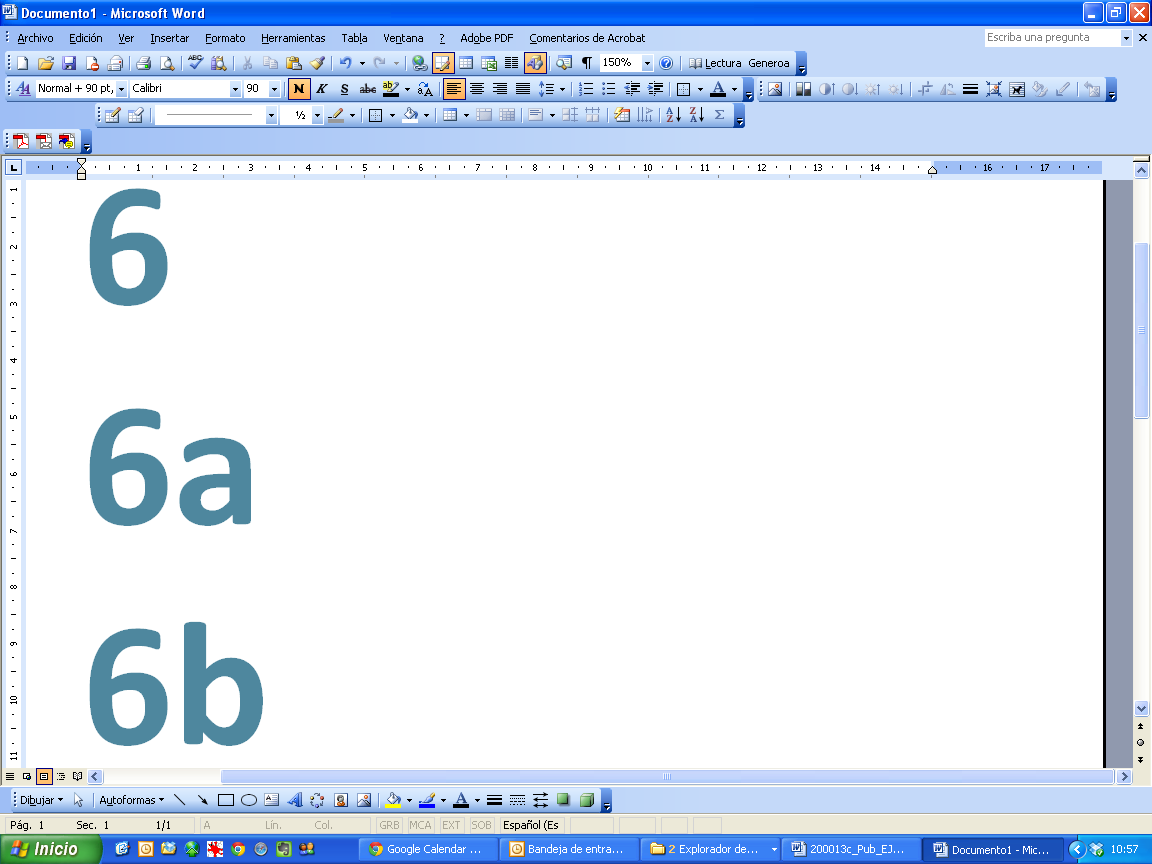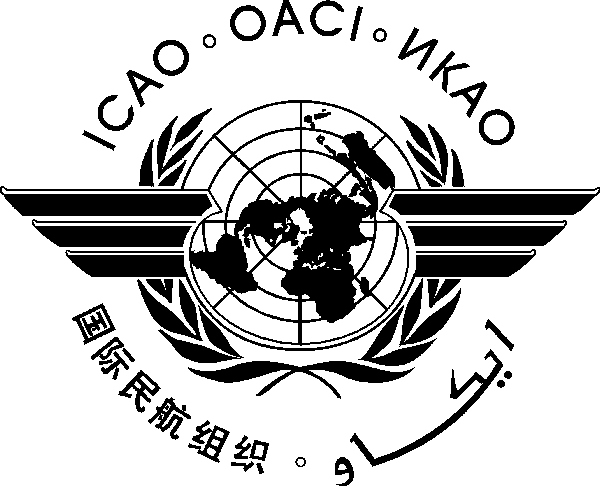BOTSWANA IS A LANDLOCKED COUNTRY DOMINATED IN GEOGRAPHICAL TERMS
BOTSWANA IS A LANDLOCKED COUNTRY DOMINATED IN GEOGRAPHICAL TERMSBotswanaBriefonEffectsoftheGlobalEconomicCrisis
BOTSWANAHARVARD HIV REFERENCE LABORATORY (BHHRL) TEST METHODS MANUAL WHOLE
MANAGING NONGOVERNMENTAL ORGANISATIONS IN BOTSWANA DR M LEKORWE1
REPUBLIC OF BOTSWANA ECONOMIC DIVERSIFICATION DRIVE (EDD) REVISED GUIDELINES
TABLE OF CONTENTS ALGERIA 3 BENIN 5 BOTSWANA 7
Botswana was one of the poorest countries when she attained her political independence in 1966 with a per capita income of abo
Botswana is a land-locked country dominated in geographical terms by the Kalahari Desert - a sand-filled basin averaging 1,100 meters above sea level. The country lies between longitudes 20 and 30 degrees east of Greenwich and approximately between the latitudes 18 and 27 degrees south of the Equator.
The distance between the extreme north and the extreme south of Botswana is about 1,110 kilometers. It is 960 kilometers across at its widest. The area of Botswana is approximately 582,000 square kilometers and is about the size of France or Kenya. It is approximately 500 km from the nearest coastline, to the southwest.
In 1964 Botswana’s population was estimated at 543 000. After independence in 1966 it grew rapidly and is now estimated at 1.7 million (2001 census) of which about 75 percent live in the eastern part of the country – mainly in medium to large villages, towns and the two cities. The remaining 25 percent live in smaller settlements spread across the rest of the country. About 14 percent of the total population lives in Gaborone, the capital city, and the surrounding areas.
Botswana was one of the poorest countries when she attained her political independence with a per capita income of about P60 (equivalent then to roughly US$80). The poverty situation was accentuated by several years of drought, which coincided, with the achievement of independence. One third of the national cattle herd died, while one fifth of the population received famine relief from the international community.

Gross Domestic Product (GDP) in current prices was estimated at P36.9 million (equivalent then to roughly US$49 million) in 1966/67. During the same year, the total government budget (both recurrent and development) stood at P17.9 million (equivalent then to roughly US$24 million) and Government relied heavily on the grants-in-aid from Britain to balance the budget. However, self-sufficiency in the recurrent budget was achieved during the 1972/73 fiscal year. By 2004/05 GDP was estimated to have increased to nearly P49 billion. Over the past 40 years, the economy has experienced one of the most rapid economic growth in the world. In the decade to 2004/05 real GDP growth averaged 7.2 percent and in 2004/05 growth was 8.4 percent. This growth was due mainly to increased output from the mining sector, which grew by 18.2 percent and made up 38 percent of total GDP.
The mining sector is largely made up of diamond production, although there is also significant mining of copper/nickel and gold and active exploration of the country’s large reserves of coal. By the beginning of the 1980s, diamonds had overtaken beef as the country's leading foreign exchange earner and in 1982, diamond exports accounted for 52 percent of total exports. This rose rapidly thereafter and, despite continued efforts to diversify the economy away from mining, in 2005 diamonds accounted for 72 percent of total exports. Total exports in 2005 were estimated at around P24 billion (equivalent to US$4 billion), almost double the figure (in nominal terms) for 1999. Due mainly to booming exports, the current account in 2005 was estimated to have shown a surplus of P9.1 billion (equivalent to US$1.7 billion) while foreign reserves amounted to P35 billion (US$6 billion) at the end of 2005 and were equivalent to 22 months of import cover.
In 2005, Botswana diamond mines produced over 31 million carats, many being of gem quality, making the country the most important producer of rough diamonds in the world. Rough diamonds are currently exported from Botswana, but there are plans for an increased range of sorting activities (including production from other countries) to be carried out in Botswana which should, in turn, encourage further development of downstream diamond-related industries, such as cutting and polishing.
Economic policy has been characterised by a commitment to sound medium term development planning and prudent macroeconomic policy. Monetary policy focuses on achieving sustainable low inflation in support of the international competitiveness objective. Botswana operates a crawling band exchange rate mechanism, in which the nominal exchange rate is adjusted continuously (in line with the inflation differential between Botswana and its trading partner countries) in order to maintain real effective exchange rate stability and to sustain the country’s competitiveness. Although inflation is currently above the central bank’s objective of 4 – 7 percent, this is largely due to transitory and supply side factors while inflationary pressures due to demand conditions are largely contained.
While an extended sequence of Government budget surpluses has facilitated the build-up of substantial foreign exchange reserves, Botswana has also graduated from a low income country to a middle income country with a per capita income of P26 400 (equivalent to US$4 789). Furthermore, Botswana has been awarded the highest sovereign ratings in Africa by both Standard and Poor's (S&P) and Moody's Investors Service (Moody's). The ratings assigned to Botswana by Moody’s since 2001 are A2 for long-term foreign currency debt, Prime-1 (P-1) for short-term foreign currency debt and A1 for domestic currency debt while the S & P ratings are A/A-1 for foreign currency and A+/A-1 for local currency. These ratings reflect the country's long record of political and social stability, rapid economic growth and prudent economic management. In this regard, as an investment destination, Botswana is one of the best-rated countries in the developing world. Sustained and rapid economic growth has been translated into development in the form of infrastructure as well as improvement in the standard of living of Batswana, with substantial reduction in the levels of poverty among households.
As of June 2006, there were six commercial banks supervised by Bank of Botswana (which is also responsible for the formulation of monetary policy) compared to only two at the time of independence, while the country is also developing an international financial services center, which commenced operation in early 2000. The Botswana Stock Exchange was established in 1989 with only five listed companies. By the end of 2005, 28 companies (19 domestic and 9 foreign companies) and 21 bonds were listed. Government issued bonds, for the first time, worth P2.5 million (equivalent to US$0.5 million) in 2003, with maturities of 2 years, 5 years and 12 years. The bonds were issued in order to support capital market development rather than finance government spending.
Tags: botswana is, the botswana, terms, geographical, botswana, dominated, landlocked, country
- REPUBLIKA HRVATSKA – REPUBBLICA DI CROAZIA ISTARSKA ŽUPANIJA
- Características de Elementos Ornamentales y Funcionales del Enlace V21ronda
- SUPPLEMENTARY DATA SIMPLIFYING GENE TREES FOR EASIER COMPREHENSION PAULLUDWIG
- CALL FOR CASE STUDIES ON INFORMATION AND COMMUNICATION TECHNOLOGY
- JUMPING AND LANDING SEQUENCE (LEADING UP TO PLYOMETRICS IN
- 165 ÉLOGE DU PROFESSEUR FRANCIS LESCURE ÉLOGE DU PROFESSEUR
- DISCURSO DEL EMBAJADOR LYU FAN ANTE LA ASOCIACIÓN DE
- PODRĘCZNIKI POLECANE JAKO MATERIAŁY DO PRZYGOTOWANIA SIĘ DO ĆWICZEŃ
- ANDRÉS ALFARO HOFMANN VALENCIA 1957 REALIZA ESTUDIOS DE ARQUITECTURA
- 17022012 TERMOS DE REFERÊNCIA COMUNS 1 DEFINIÇÕES GERAIS A
- KOP SURAT KEMENTERIANLEMBAGA (SATKER) NOMOR S…………………… 20XX
- ¿CÓMO SE CALCULA EL CONSUMO DE ALCOHOL? LA GRADUACIÓN
- AMEND SECTION 13 – STRUCTURE EXCAVATION AND BACKFILL TO
- HOW IS THE FEDERAL RESERVE STRUCTURED? THE FEDERAL RESERVE
- SPORTSCOTLAND HUMAN RESOURCES TOOLKIT FLEXIBLE WORKING 10 INTRODUCTION 1
- REVIEW OF INTERVENTIONAL PAIN MANAGEMENT SEPTEMBER 2009 BY BRYAN
- FEDERAL COMMUNICATIONS COMMISSION DA 012133 BEFORE THE FEDERAL COMMUNICATIONS
- A PROFOUND CATEGORY OF MODERN SCIENCE IS THE STUDY
- POINT SOURCE IRRIGATION EMITTERS PROVIDE LOWVOLUME POINTSOURCE EMISSION DEVICES
- KAVAS KATEGORİSİNDE ANKARA’DAKİ İSPANYA BÜYÜKELÇİLİĞİNE KADROLU PERSONEL ALIMI İÇİN
- NATIONAL NONADMITTED PATIENT COLLECTION ALCOHOL INVOLVED FIELD VERSION 10
- INFORMATION SESSION CLASS SCHEDULING PROJECT (SIM4) REVIEW RESULTS
- VSC DATA COLLECTION PILOT PROGRAM ANALYSIS EXECUTIVE SUMMARY SINCE
- 21REDNA SEJA OBČINSKEGA SVETA JUNIJ 2018 ZAPISNIK 10 KORESPONDENČNE
- 直线 3 HOTELS 酒店 HOSPITALS & CLINICS 医院 RESTAURANTS
- Associate Application Form (please Print and Complete
- EERSTE KAMER DER STATENGENERAAL 1 VERGADERJAAR 20052006 22112 NIEUWE
- 23 XML DOKUMENTU DATU GLABĀŠANA TABULĀ AR XMLTYPE TIPA
- SEMINAR “MOTIVATIONS OF JUDICIAL DECISIONS AND THE EUROPEAN COURT
- THIS IS AN ELECTRONIC VERSION OF AN ARTICLE PUBLISHED
ÐÏÀ¡±ÁÞŸ Ó Õ ÞŸŸŸ½ ¾ ¿ À Á Â
SORRY PAGE NOT FOUND DIV IDCONTENT DIV CLASSCONTENTCONTAINERFIELDSET H2404
 STREET NAMING & NUMBERING DATA INFORMATION TEL EMAIL
STREET NAMING & NUMBERING DATA INFORMATION TEL EMAILDONOVAN CATHOLIC 711 HOOPER AVENUE TOMS RIVER NJ 08753
 GUÍA PARA LA ELABORACIÓN DEL PEC HERRAMIENTA 6 COMUNIDAD
GUÍA PARA LA ELABORACIÓN DEL PEC HERRAMIENTA 6 COMUNIDADACUERDO DEL PRESIDENTE DE LA SALA DE LO CONTENCIOSOADMINISTRATIVO
 ERKLÆRING OM FÆLLES BEFULDMÆGTIGET MM FØLGENDE VIRKSOMHEDER DELTAGER I
ERKLÆRING OM FÆLLES BEFULDMÆGTIGET MM FØLGENDE VIRKSOMHEDER DELTAGER IPRZYKŁADOWY WZÓR INFORMACJI O KTÓREJ MOWA W ART 9A
SHAKESPEARE QUIZ ANSWERS TO THE QUESTIONS VALUE QUESTIONS
 3 FSMP WGF32 WP15 INTERNATIONAL CIVIL AVIATION ORGANIZATION WORKING
3 FSMP WGF32 WP15 INTERNATIONAL CIVIL AVIATION ORGANIZATION WORKINGSAFETY COMMITTEE MEMBERSHIP STRUCTURE SEPTEMBER 2014 MEMBERSHIP
 CONTRATO PARA LA REALIZACIÓN DE UN ENSAYO CLÍNICO CON
CONTRATO PARA LA REALIZACIÓN DE UN ENSAYO CLÍNICO CON JOB DESCRIPTION – BOOKKEEPERADMINISTRATOR RESPONSIBLE TO REGISTERED MANAGER PURPOSE
JOB DESCRIPTION – BOOKKEEPERADMINISTRATOR RESPONSIBLE TO REGISTERED MANAGER PURPOSE NORTHWEST FISHERIES SCIENCE CENTER NATIONAL MARINE FISHERIES SERVICE 2007
NORTHWEST FISHERIES SCIENCE CENTER NATIONAL MARINE FISHERIES SERVICE 2007UDKAST 2007 10 29 INDEHOLDER ALLE OPLÆG FRA ØST
STANOVY KLUBU VETERÁNU BIATLONU (DÁLE JEN KVB) 1 KVB
MODELO DE ACUERDO PARA LA CONSTITUCIÓN DE LA ASOCIACIÓN
THE NACM SCHOLARSHIP FOUNDATION INC APPLICATION FOR THE PROFESSIONAL
 POLICY NUMBER 0004 POLICY NAME DISCIPLINARY PROCEDURES DATE OF
POLICY NUMBER 0004 POLICY NAME DISCIPLINARY PROCEDURES DATE OF CLASSE 3 NOME ………………… COGNOME ……………………………… DATA ………………………… VERIFICA
CLASSE 3 NOME ………………… COGNOME ……………………………… DATA ………………………… VERIFICA